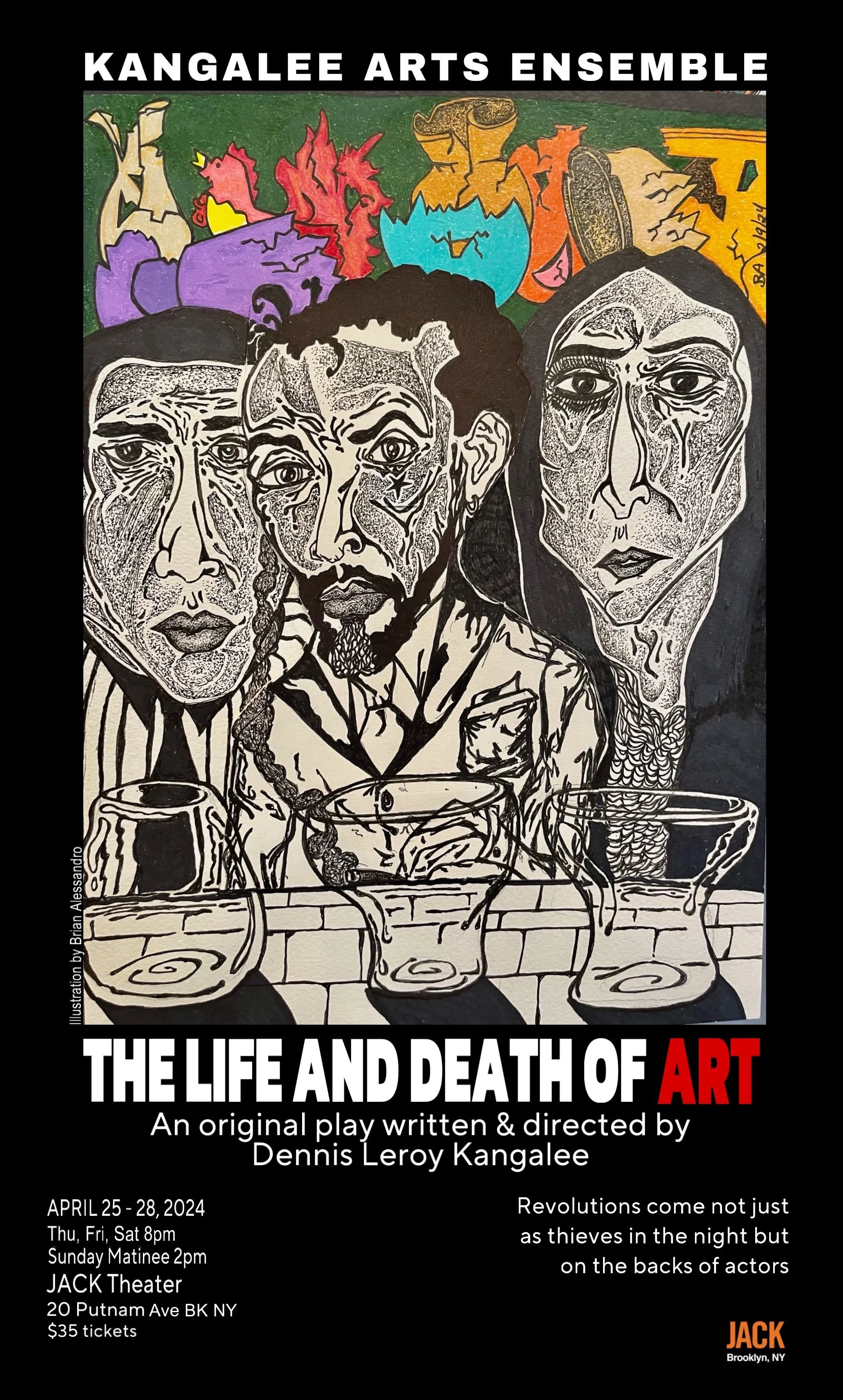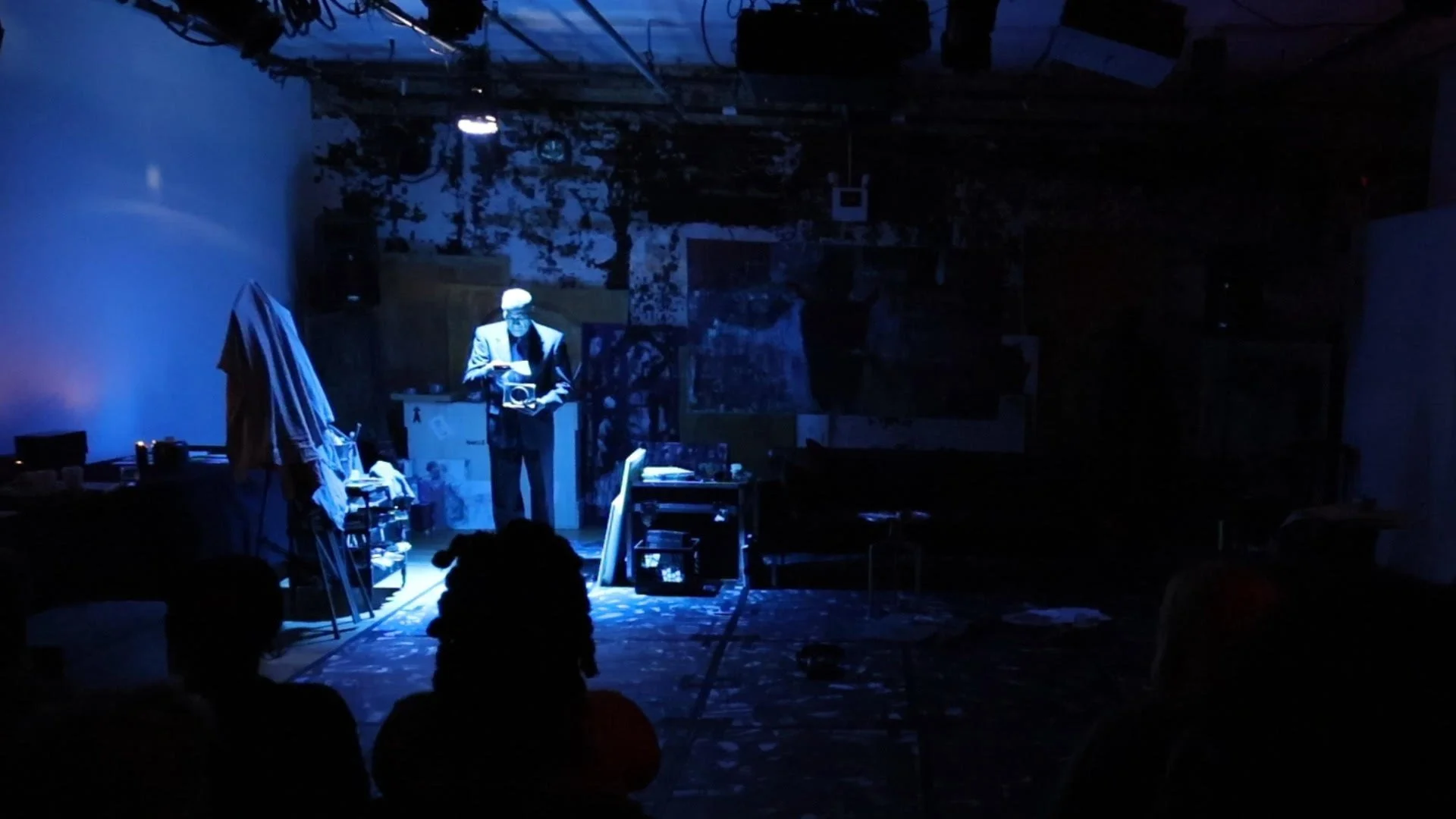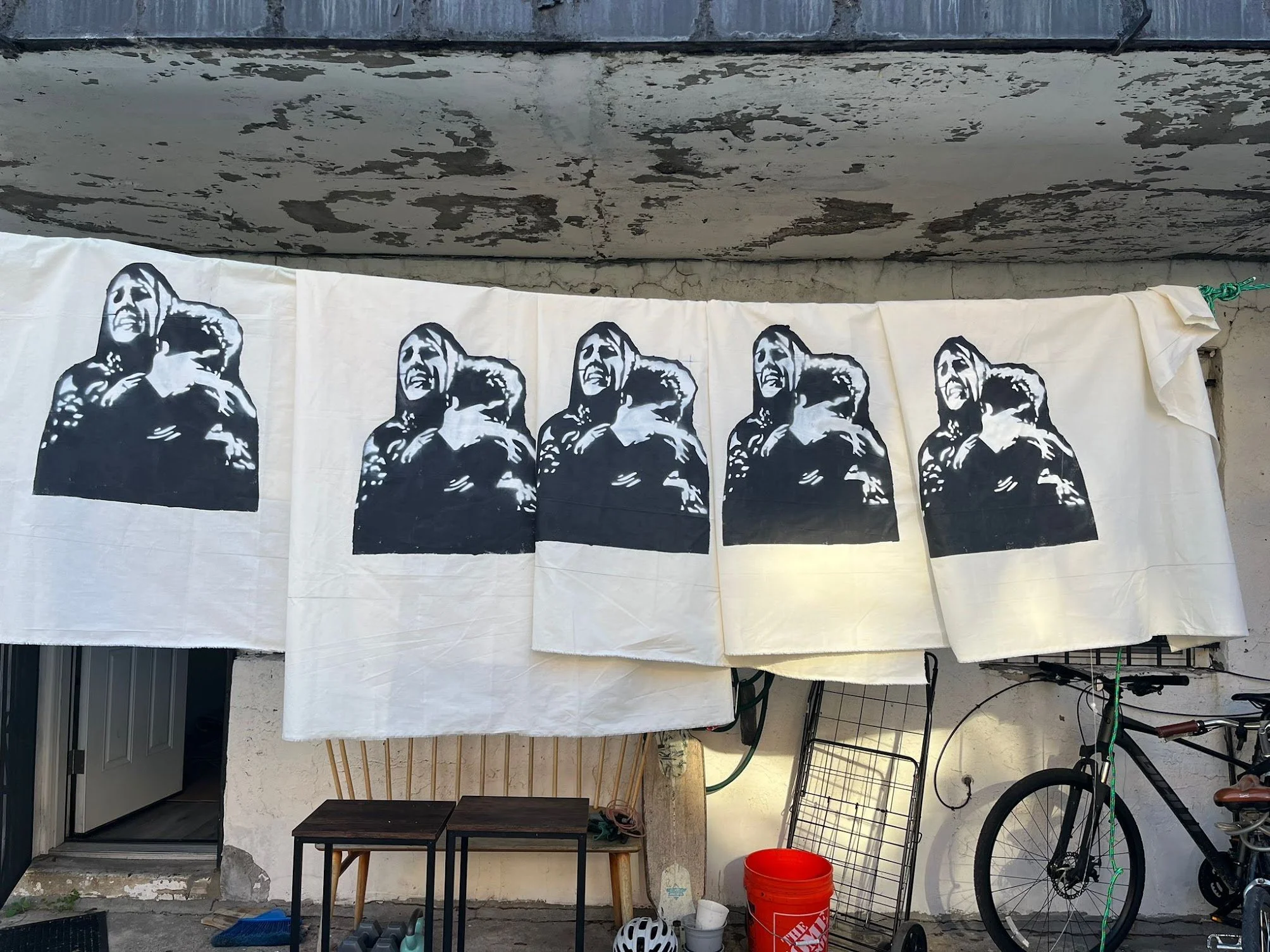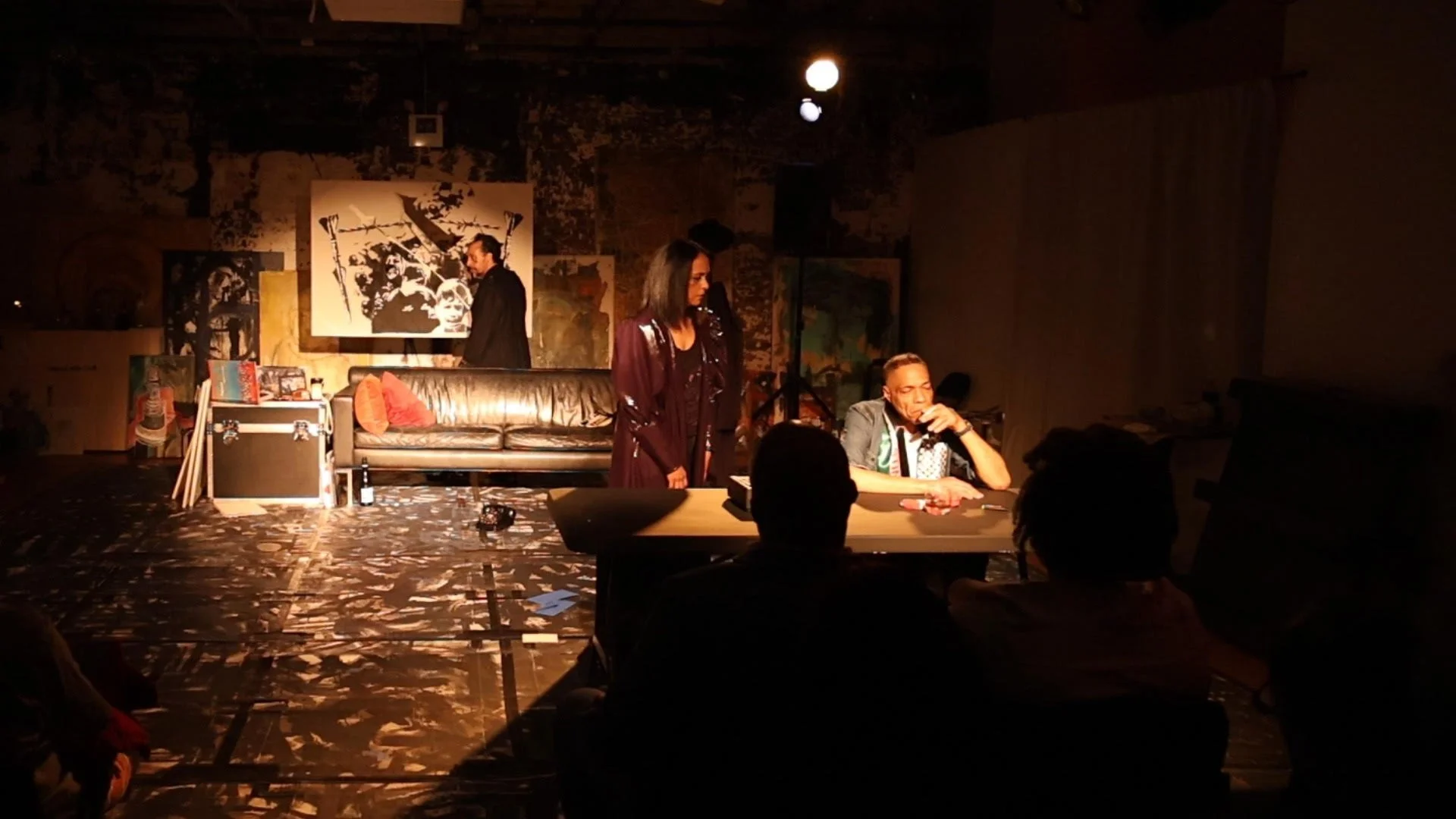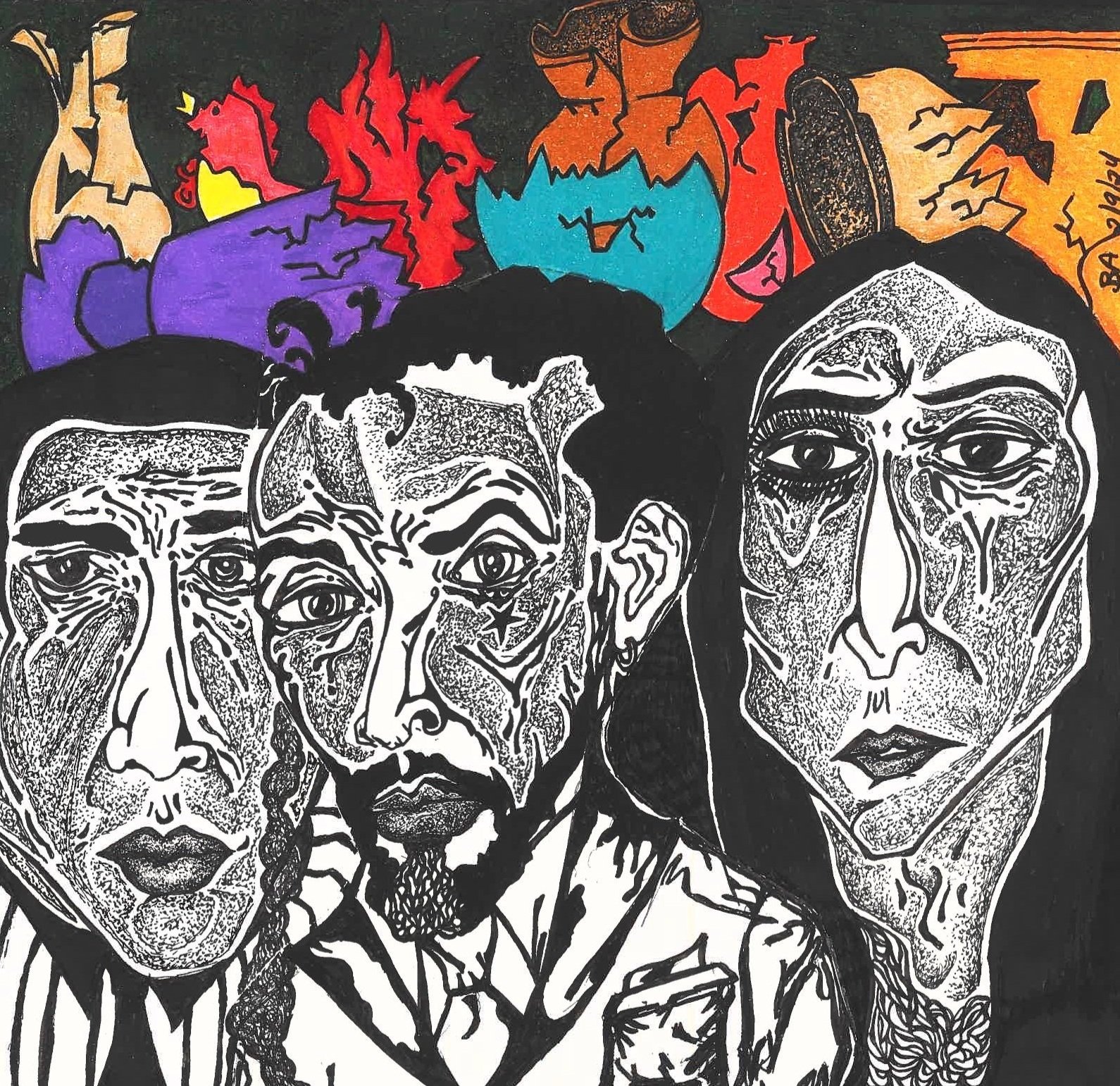
Where Stanislavski Meets Fanon.
Kangalee Arts Ensemble, Inc.
The Life & Death of Art
“With The Life and Death of Art, The Kangalee Arts Ensemble has invented something audacious, invigorating, dangerous, harrowing…The play …examines myriad subjects, from the corruption of the art market to the genocide of the Palestinian people at the hands of the Israeli government, the mercenary utility of artificial intelligence, and the general flawed construct that is Capitalism. “
— Brian Alessandro, from his review ‘The Eternal Deficit’
“Every morning I wake up on the wrong side of Capitalism.”
— The opening line of The Life & Death of Art.
The Kangalee Arts Ensemble’s first original play in 2024 was a dynamic expression of “actor’s freedom” and radical ideas that need to be given voice in a climate of apathy and genocide. A combustible character driven ensemble piece that expressed the impact of both revolutionary politics and the new wave fascism that has run amok in the United States. Like Brecht’s didactic morality plays, it is an excursion into the underbelly of the class war and the casualties of broken alliances under capitalism. The Life & Death of Art is one of the the very first American plays to engage with what is happening in both Gaza and the art world itself. Written in February 2024, it was developed and rehearsed at University Settlement on the Bowery of NYC, then workshopped for the public in April 2024 at JACK, a progressive performance space in Brooklyn, NY.
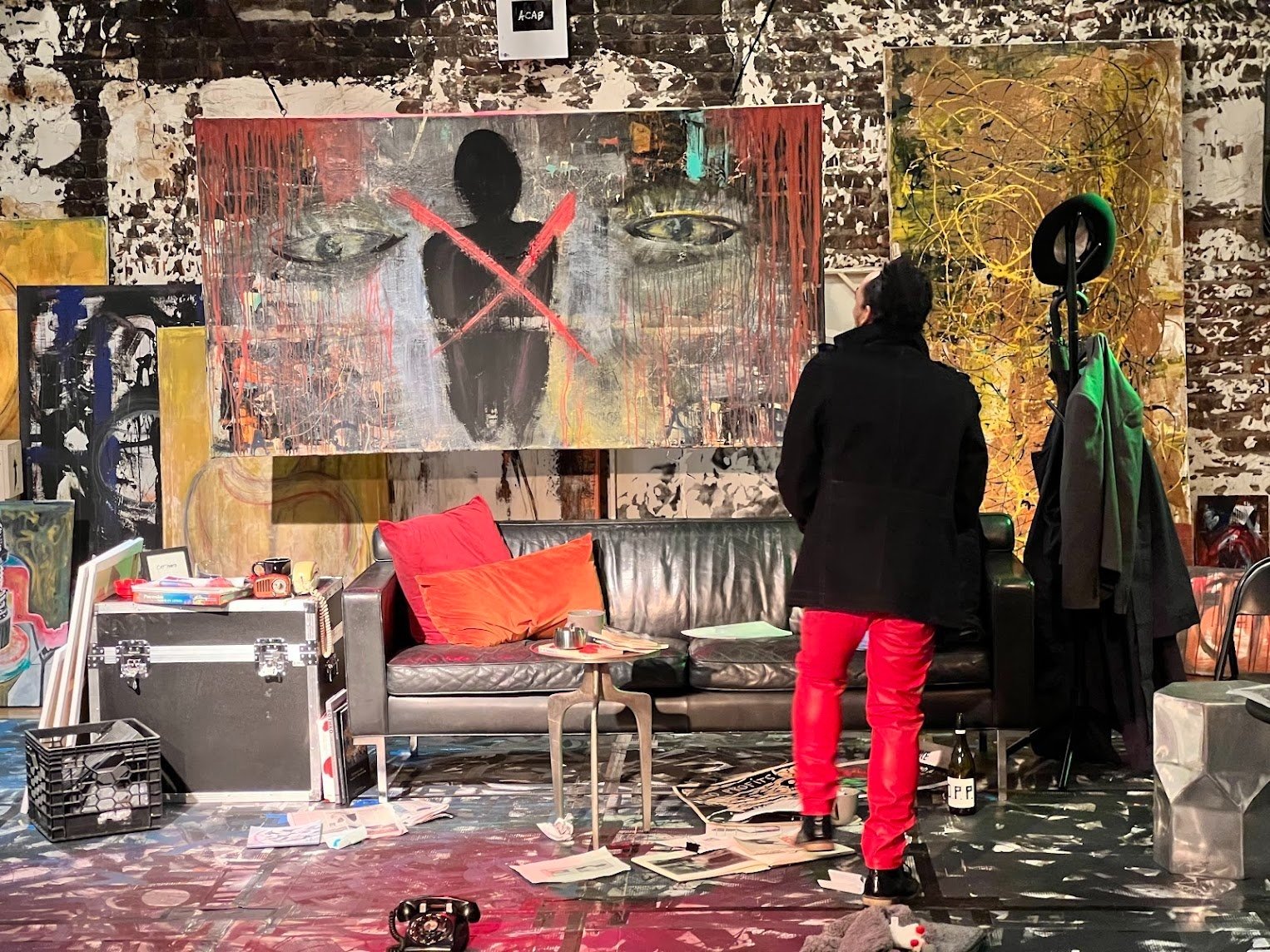
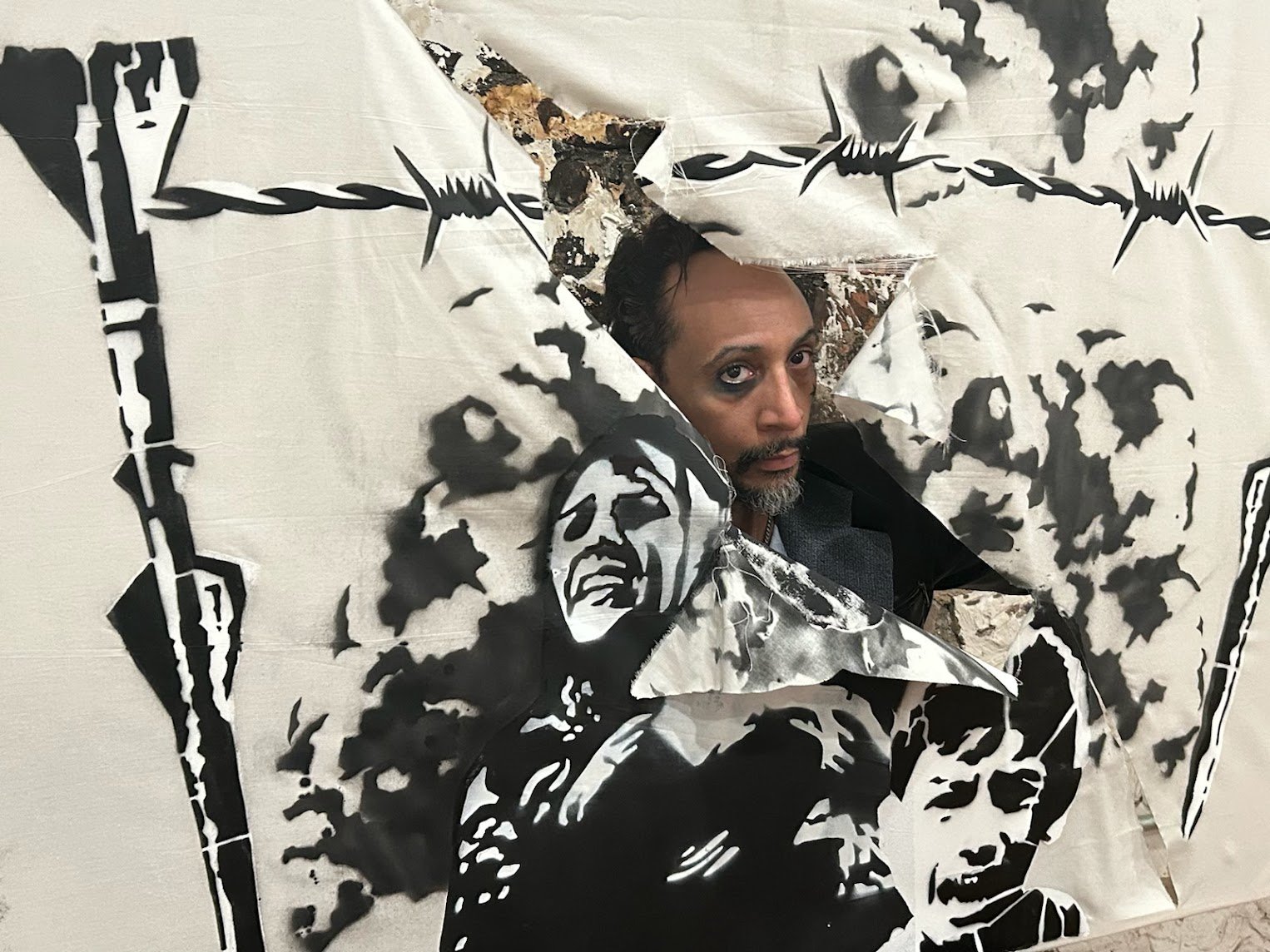
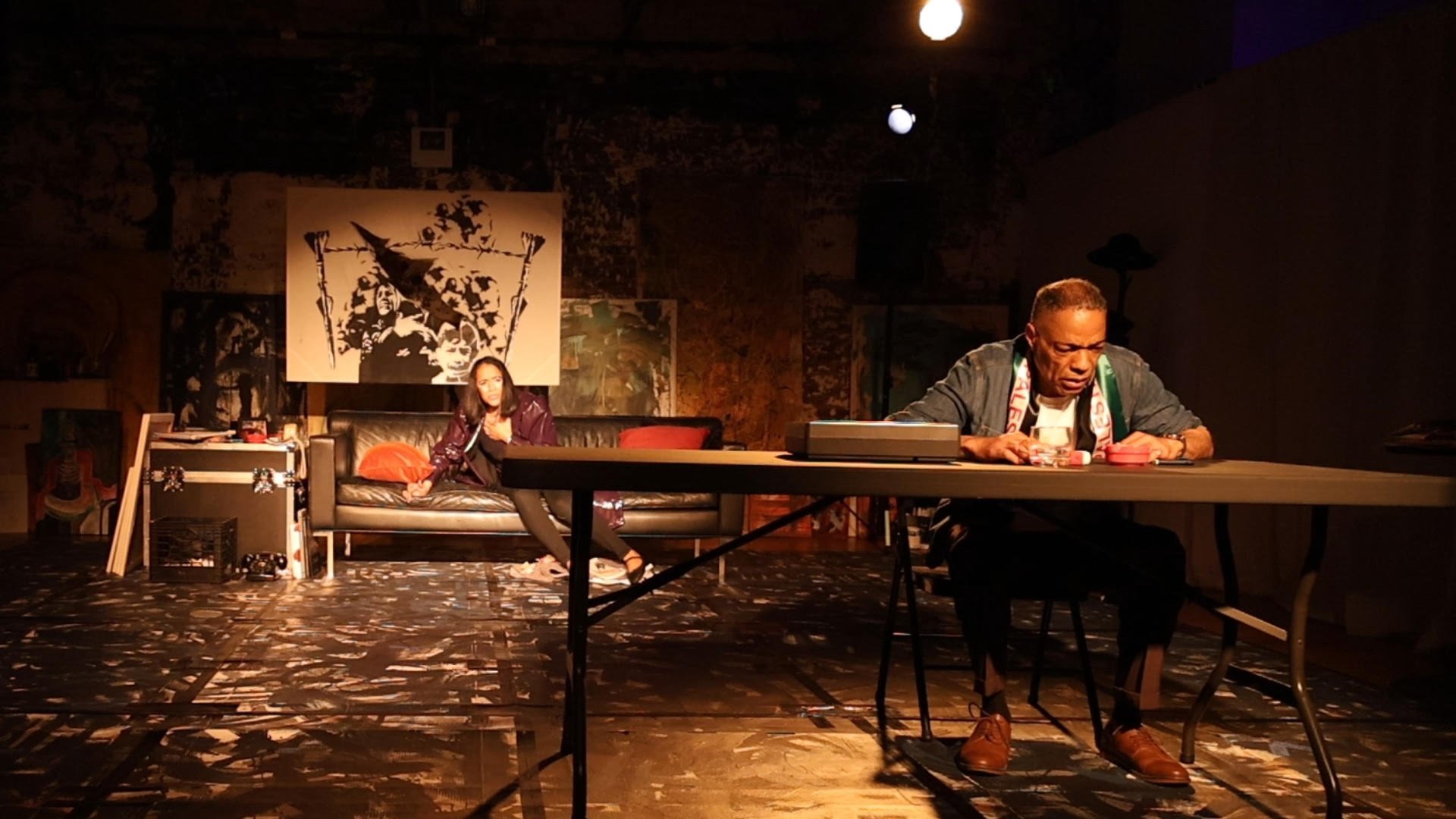

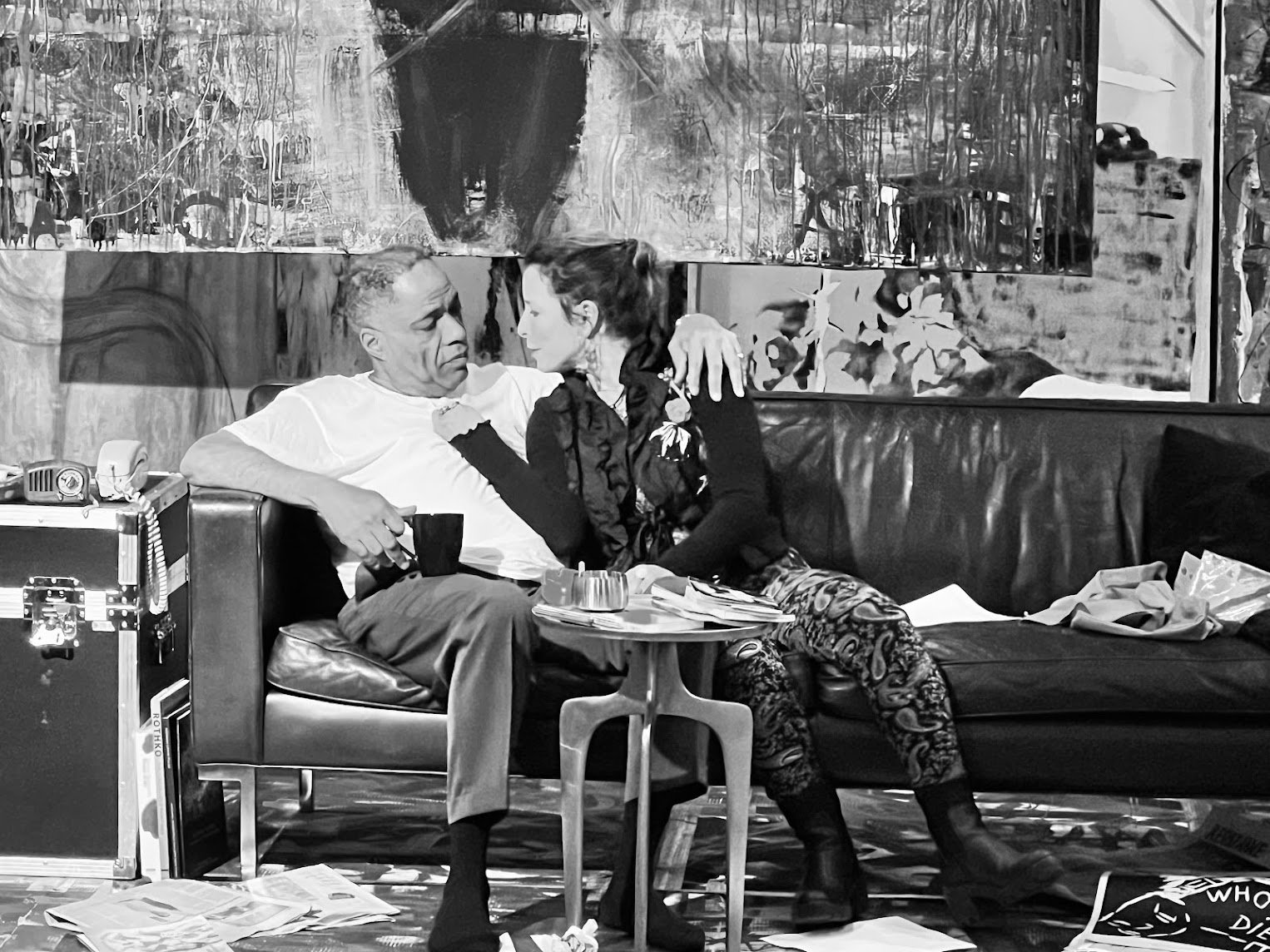
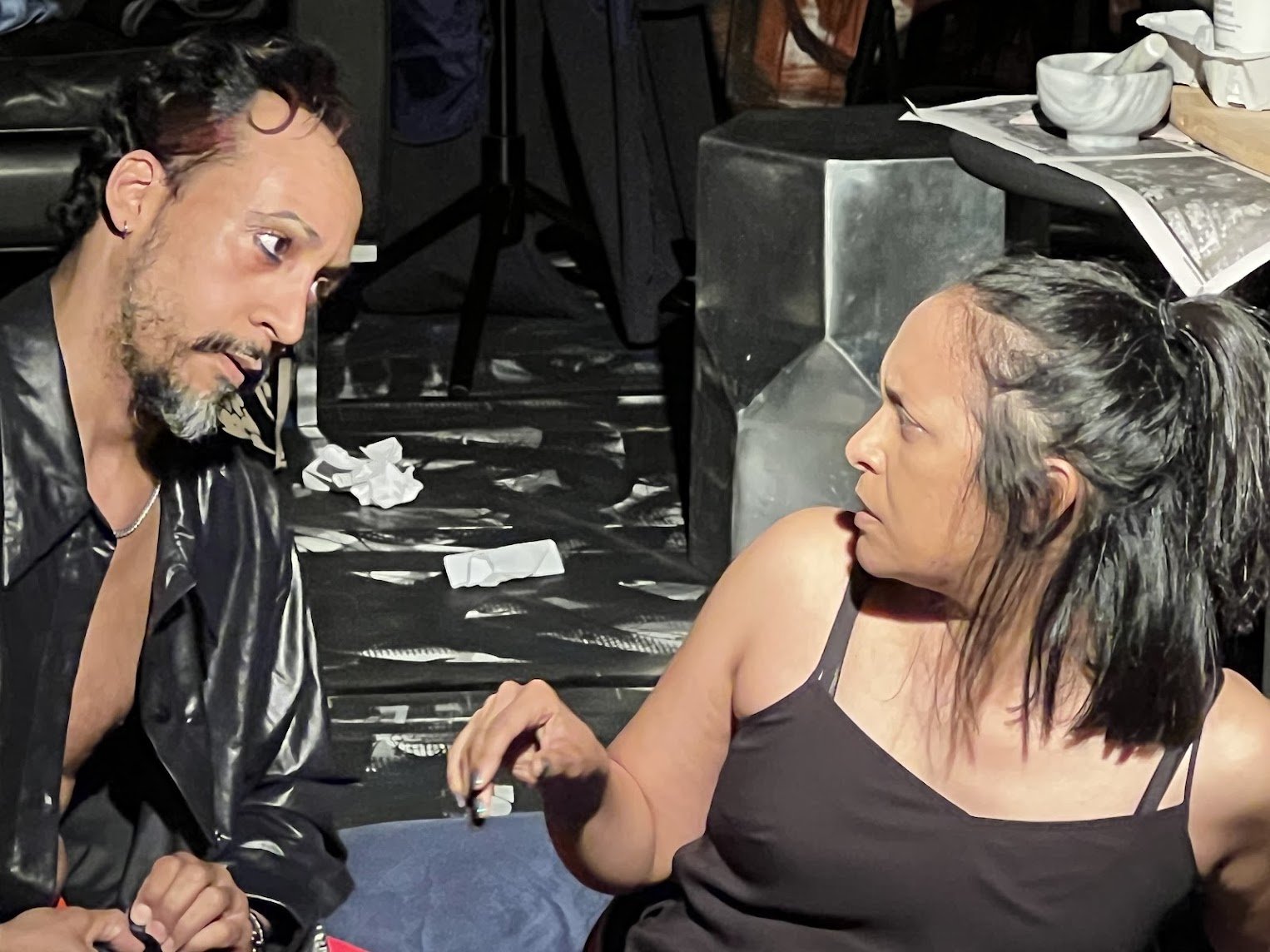
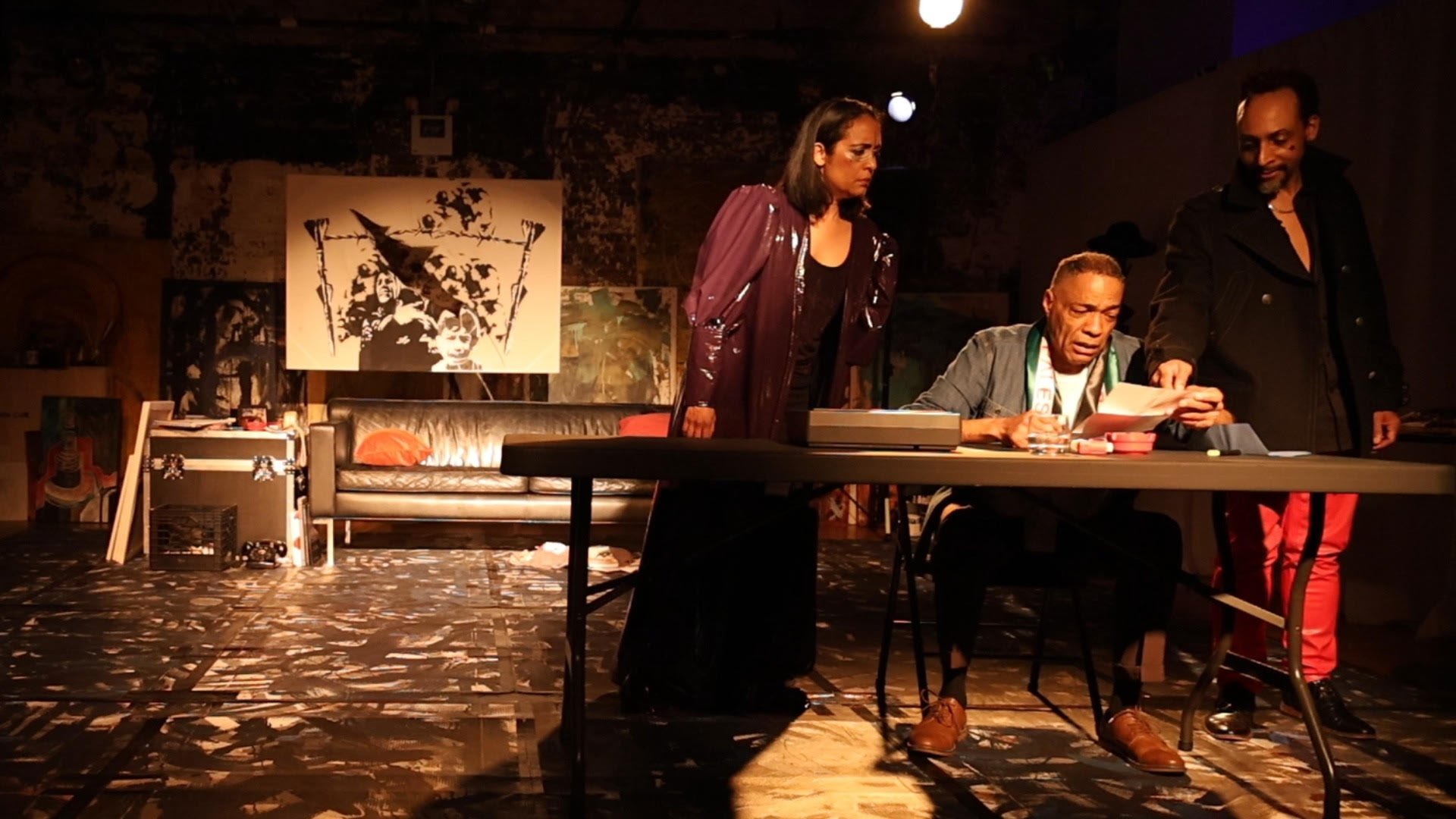

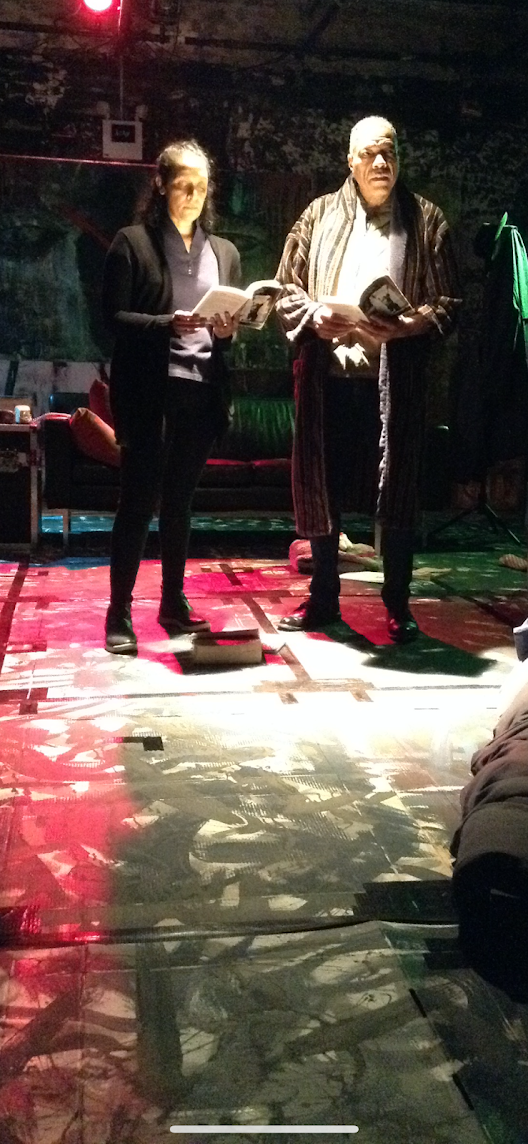
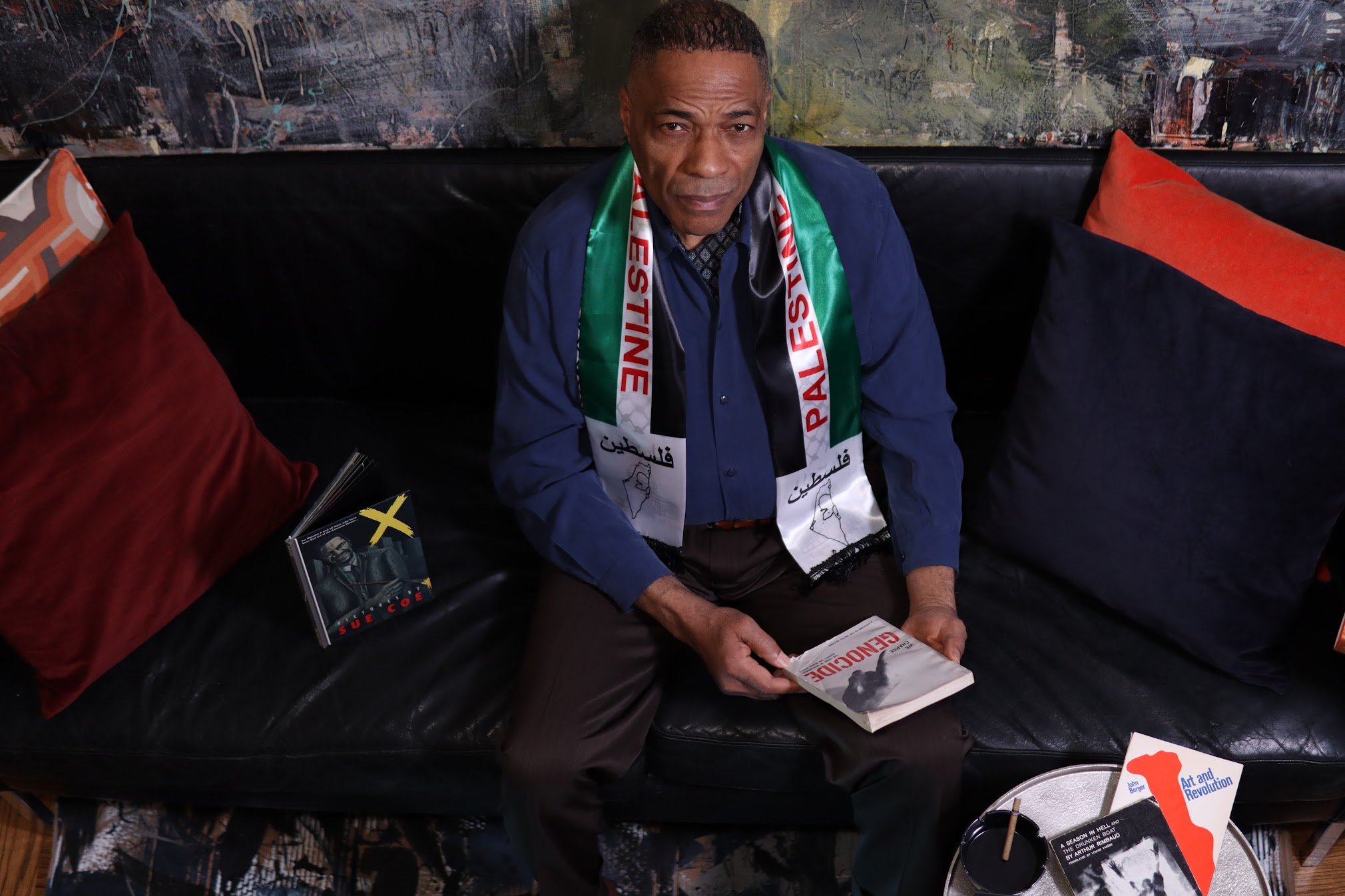


Featuring theater stalwarts Ward Nixon, Tessa Martin, Ian Hersey, Justine Stock, and Dennis Leroy Kangalee (DLK) himself — like you have never seen them before; mingling the traditions of Brecht, Hansberry, Odets, Baraka and Kushner. The play and performance exemplified the work, style and passion of the Kangalee Arts Ensemble.
““...from the vain fanfare of Broadway, in the tiniest, even unrecognizable, hole-in-the-wall, Kangalee’s Life & Death of Art, amplifies, without a doubt, the biggest moral debacle of our time, as the rest of us look on helpless””
The Life & Death of Art follows the nightmarish parable of Carver Carmelo (played by Ward Nixon), a famous Black American Left-wing radical painter who is suffering a crisis of faith at the peak of his commercial success. His alliance with Palestinians in the face of the on-going genocide in Gaza begins to marginalize him in the professional art world as his inability to reconcile his fiscal riches with his revolutionary fervor in light of the death of his mentor, brings him to the edge of a nervous breakdown. His one confidante, Luca (Dennis Leroy Kangalee) enables him to maintain a modicum of sanity above the fray…until it is revealed that Luka is simply a conman obsessed with ruining Carver’s success and thwarting his liberatory ideals. A “caliban” terrorist of sorts, Luca’s despicable confidence game casts a net around Carver, destroying his poet girlfriend Maris (Tessa Martin), Elena, a musician and Carver’s partner (Justine Stock), both who align with Carver.
Viewed in this context, The Life & Death of Art is a new kind of drama, combining the traditions of Stanislavsky with the resistance of Fanon and pushing the actor to be an instigator for liberation — (on stage or off!)
The Life & Death of Art may be one of the first modern plays to explore the inherent fascism growing within the Western art world and how its tentacles specifically impacts Black and Brown people of the 21st century. The workshop of the play made it clear that the script dares to equate artistry & resistance with empathy; and colonization & capitalism with the arts establishment. The actors and the text attempted to present old ideas in new ways, new ideas with a strange sense of archaicness and celebrate the dissonance and strangeness of characters we feel we know while illuminating aspects of our existence we refuse to acknowledge. The result of the workshop was that the play is a meditation on both art and our savagery.
The Life & Death of Art may be one of the first modern plays to explore the inherent fascism growing within the Western art world and how its tentacles specifically impacts Black and Brown people of the 21st century. It is also the very first play that dares to equate artistry & resistance with empathy; and colonization & capitalism with the arts establishment. The play presents old ideas in new ways, new ideas with a strange sense of archaicness and celebrates the dissonance and strangeness of characters we feel we know and sheds light on aspects of our existence we refuse to acknowledge. A meditation on both art and our savagery.


